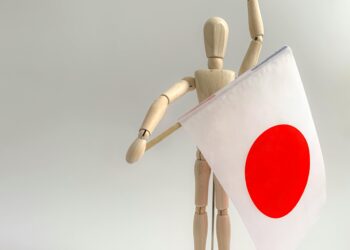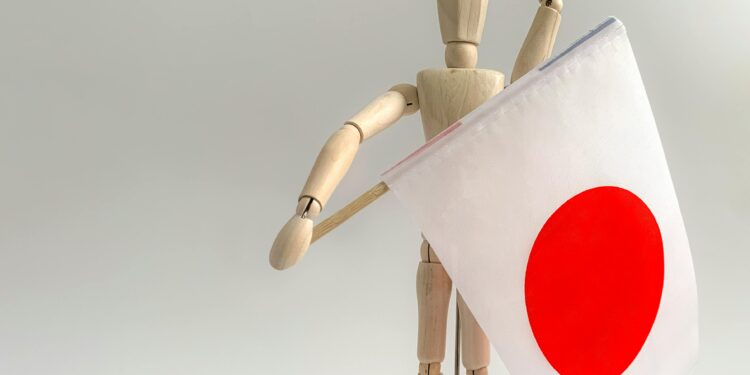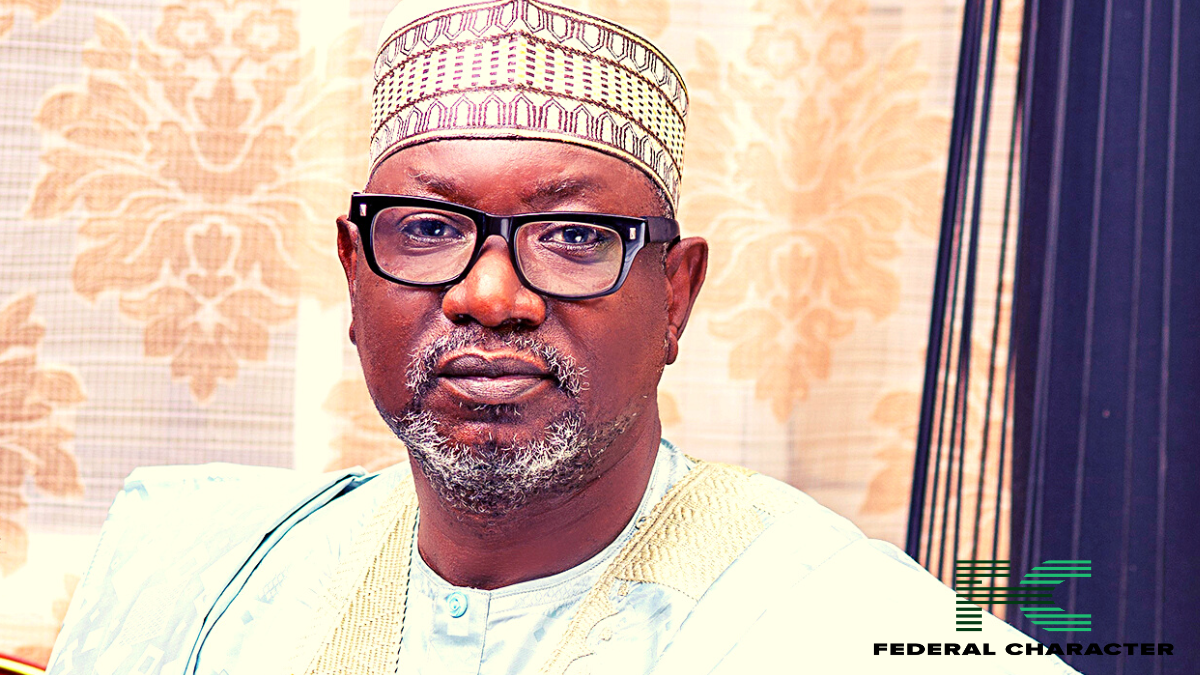Shigeru Ishiba has been elected to lead Japan’s new government after winning a contest with a record nine candidates vying for the Liberal Democratic Party (LDP) leadership on Friday. The 67-year-old former defense minister narrowly defeated hard-line nationalist Sanae Takaichi. This marks his success after four previous attempts at leadership.
In Japanese politics, the LDP leader typically becomes the prime minister due to the party’s parliamentary majority. The LDP has governed Japan for nearly all of the post-war era. Following his election, Ishiba announced at a press conference his goals to reform the ruling party, revitalize the economy, and enhance national security.

He stated, “We ought to be a party that lets members discuss the truth in a free and open manner, a party that is fair and impartial on all matters and a party with humility.”
Ishiba faces significant challenges as he prepares to lead the government. He must stimulate consumption in the world’s fourth-largest economy to help Japan emerge from a prolonged period of stagnation. Additionally, he must address rising living costs, manage public discontent related to his scandal-plagued party, and navigate a volatile security environment in East Asia, marked by an assertive China, a nuclear-armed North Korea, and recent incursions by Russia and China into Japanese territory.
The urgency to replace former Prime Minister Fumio Kishida arose in August after he announced his resignation due to a series of scandals, including undocumented political donations that led to record low approval ratings for the LDP. Ishiba noted that the scandal, which prompted the disbanding of powerful party factions that traditionally endorse leaders, contributed to a more open voting process, allowing him to succeed in what he termed his “final battle.”

















